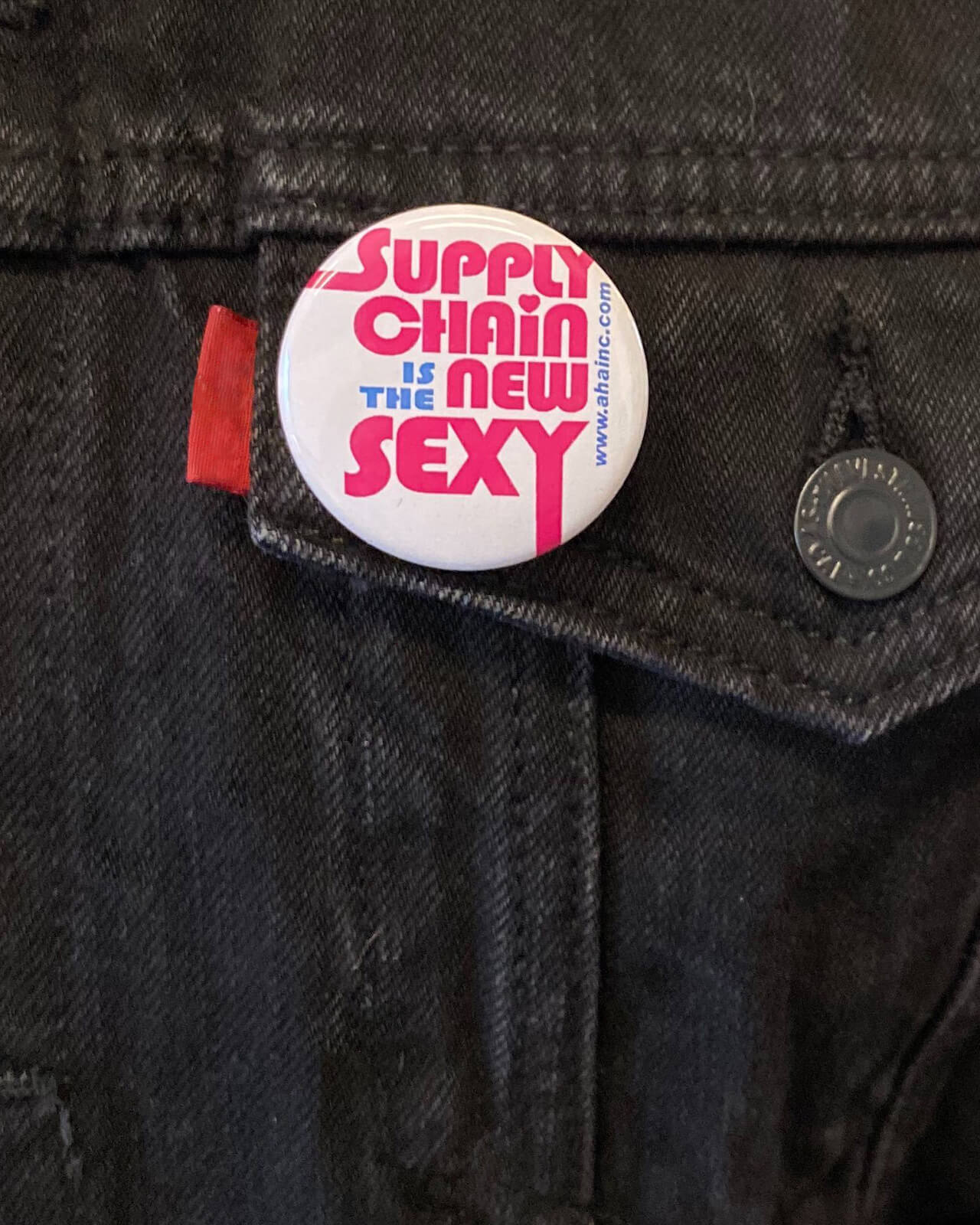Finding a purpose that makes sense for your brand
Managing Partner
The announcement by the Association of National Advertisers late last year that brand purpose was chosen by its members as the 2018 Marketing Word of the Year served as a timely reminder that so-called purpose marketing has come of age. But that doesn’t mean that marketers have discovered the secret sauce for making it work.
The fact is that for every headline-making success, there’s a headline-making catastrophe, and it’s seemingly impossible to predict ahead of time which way any given effort might go. Yet the evidence is clear that consumers, employees, the media and even investors are paying attention to companies that get it right. One thing that’s crystal clear is that it takes a certain amount of bravery (or foolhardiness) to go boldly into the fray with a purpose-oriented marketing campaign.
Marketers considering a jump into the fray improve their chances of success by keeping a laser focus on the elements that establish and express purpose as they gather information, assess options and plot their course of action.
Questions are more powerful than answers
If you’re not sure where to start, try asking questions that get people thinking and talking. Avoid “should we” or “shouldn’t we”-type questions, and opt instead for open-ended discussion starters that will surface concerns, ambitions and, ultimately, alignment. Explore topics that are foundational for any purpose-driven marketing campaign or approach. Such an exercise will reveal important information related to products and brands, employees, internal operations and supply chain, corporate responsibility and sustainability programs.
For example, ask where the brand is going and how purpose fits into it. What is the connection between purpose and a company’s mission, vision and value, and what is the CEO’s point of view?
Investigate where you have provenance, which is the combination of authenticity, competency, experience and genuine commitment, and then explore customers’ expectations relative to brand purpose. At the same time, it’s a good idea to discern your customers’ passions and interests. Where do they donate or volunteer? How do they engage in their community? Where is there an intersection between your customers’ interests and what your company can impact?
Finally, companies benefit from looking at trends shaping the issue and how those trends affect possible solutions. Develop a perspective on what success looks like for your organization.
Lead with confidence
The second phase focuses on taking action. Generate ideas about how to activate purpose marketing in relevant and differentiated ways that only your company can do. Compare your ideas with programs and activities being done by competitors, foundations and nonprofits that are addressing the same social or environmental issues, and look for opportunities to make unique contributions.
Great ideas may be hiding in plain sight inside the pages of your corporate responsibility report where goals, challenges and programs are documented and assessed. Review the data, and invite your colleagues in corporate responsibility and sustainability to share what they know about the company’s strengths and vulnerabilities. Then consider taking an existing program and upping its expected outcomes and media engagement.
Think evolution, not revolution
Fulfilling your brand purpose can be exhilarating, and it’s easy to let enthusiasm for an idea that could change the world get rolling. However, most companies see early and strong success when they build on existing equity with renewed commitments to relevance and impact.
Consider taking an existing social impact or volunteerism program and upping its expected outcomes and media engagement or test-drive your program internally before going public. Whether internal or external, it’s important to make sure the connection to a company’s business is self-evident.
Another key point is to be wary of politics. Companies can successfully make their purpose political, but only when it’s the result of well-laid groundwork and a very strong coalition among leadership and the board. So be careful.
In the end, creating a framework for discovery and a path to make progress is the surest way for even the wariest company to evaluate the opportunity posed by today’s growing interest in brand purpose. There’s no evidence that this trend is going away, and the best way to take advantage of it is to get a clear view of how you might proceed.
This article originally appeared in Adweek.














